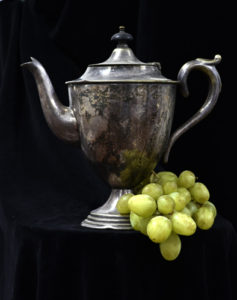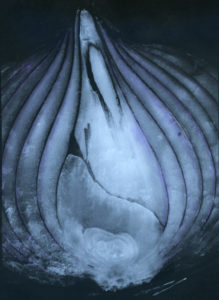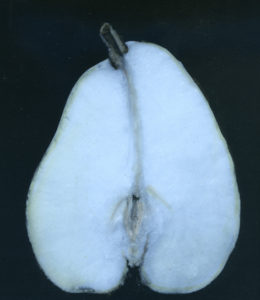
Colour Carbon on Metal surfaces
Runs from November 22nd 2017 to January 28th 2018
Offical Opening 26th Nov 4.30pm to 6.30 pm
Opening speech by Jerry Spagnoli 4.30pm
Ellie explores the inherent abstraction of the real world. With these works, simultaneously captured the bold, graphic qualities of her subject and their nuances of texture and tonality. The images appear both as powerful, gestural forms from a distance, and as rich topographies with minute details and subtlety up close. The simple still life works introduce a tension between the real and the abstract.

The carbon is a beautiful historic photo processes which rely on the ability of potassium dichromate to harden gelatin when exposed to ultra violet light. The process was first invented in 1855 by Louis Alphonse Poitevin Poitevin produced monochrome prints made with carbon black pigment. This gave the process its name.

In 1862 Louis Ducos Du Hauron created the earliest color prints by combining multiple layers of gelatin made with colored pigments.
Because it is a pigment process, carbon prints are the most archivally stable color prints available, and are capable of unparalleled depth and saturation. This depth is enhanced by the relief effect, which is created by the layering of the gelatin tissues.
